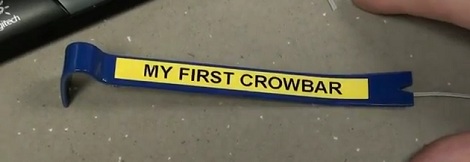Children can be a great source of daily inspiration, especially when they are just beginning to speak in full sentences and starting to let their little personalities show.
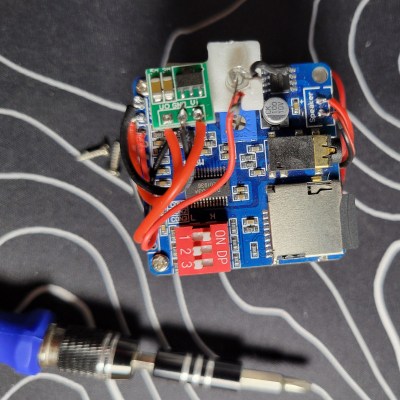 [Franklinstein] has the cutest toddler, and she loves her toy espresso machine, especially the little milk carton that came with it. Well, one day, Daddy made a glug-glug sound that delighted her, and he was inspired to build an entirely new milk jug that would make that special sound whenever it was turned over.
[Franklinstein] has the cutest toddler, and she loves her toy espresso machine, especially the little milk carton that came with it. Well, one day, Daddy made a glug-glug sound that delighted her, and he was inspired to build an entirely new milk jug that would make that special sound whenever it was turned over.
In order to keep the build relatively simple, [Franklinstein] used a sound module with an SD card and a tilt switch to activate it. There’s not much else to the build, really — just the usual suspects like a boost converter, a charging module, and a speaker, of course. In case you couldn’t tell, the enclosure and the internal skid that the electronics assemble onto are 3D printed.
This is really cute, and [Franklinstein]’s daughter seems to love it. Everything is available, including some nice instructions if you want to make one of your own. Be sure to check out the neat build video after the break.


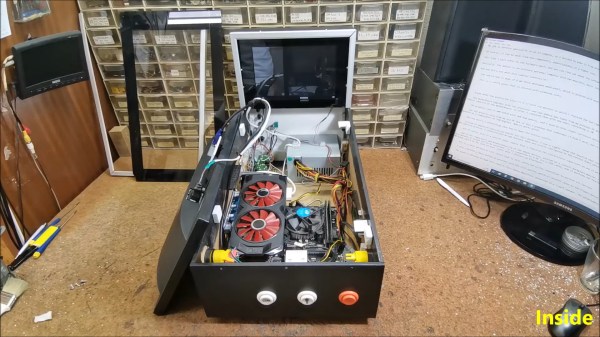
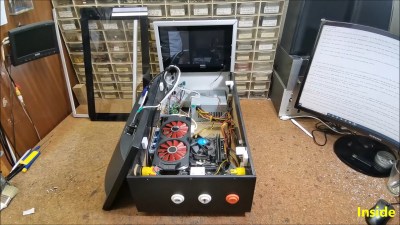
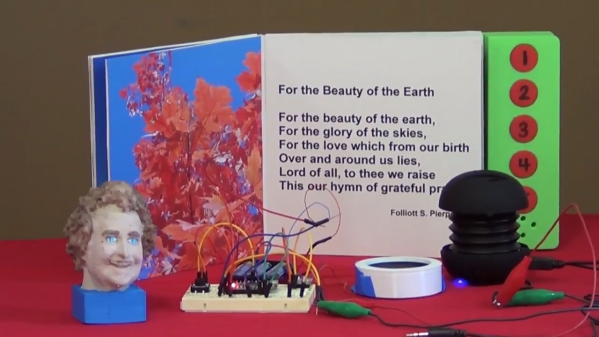

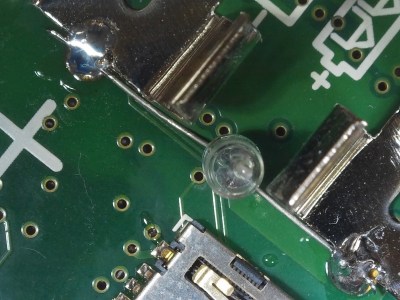
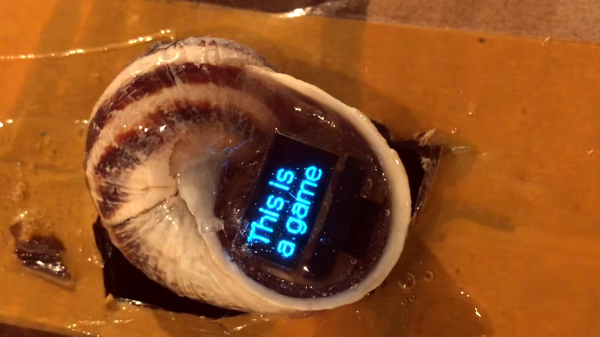
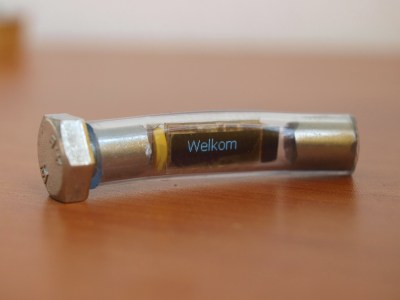
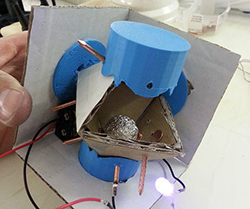 If you’re trying to detect the orientation of an object, sometimes you really don’t need a 6DOF gyro and accelerometer. Hell, if you only need to detect if an object is tilted, you can get a simple “ball in a tube” tilt sensor for pennies. [tamberg] liked this idea, but he required a tilt sensor that works in the X, Y, and Z axes. Expanding on the ‘ball in a tube’ construction of simple tilt sensors,
If you’re trying to detect the orientation of an object, sometimes you really don’t need a 6DOF gyro and accelerometer. Hell, if you only need to detect if an object is tilted, you can get a simple “ball in a tube” tilt sensor for pennies. [tamberg] liked this idea, but he required a tilt sensor that works in the X, Y, and Z axes. Expanding on the ‘ball in a tube’ construction of simple tilt sensors, 